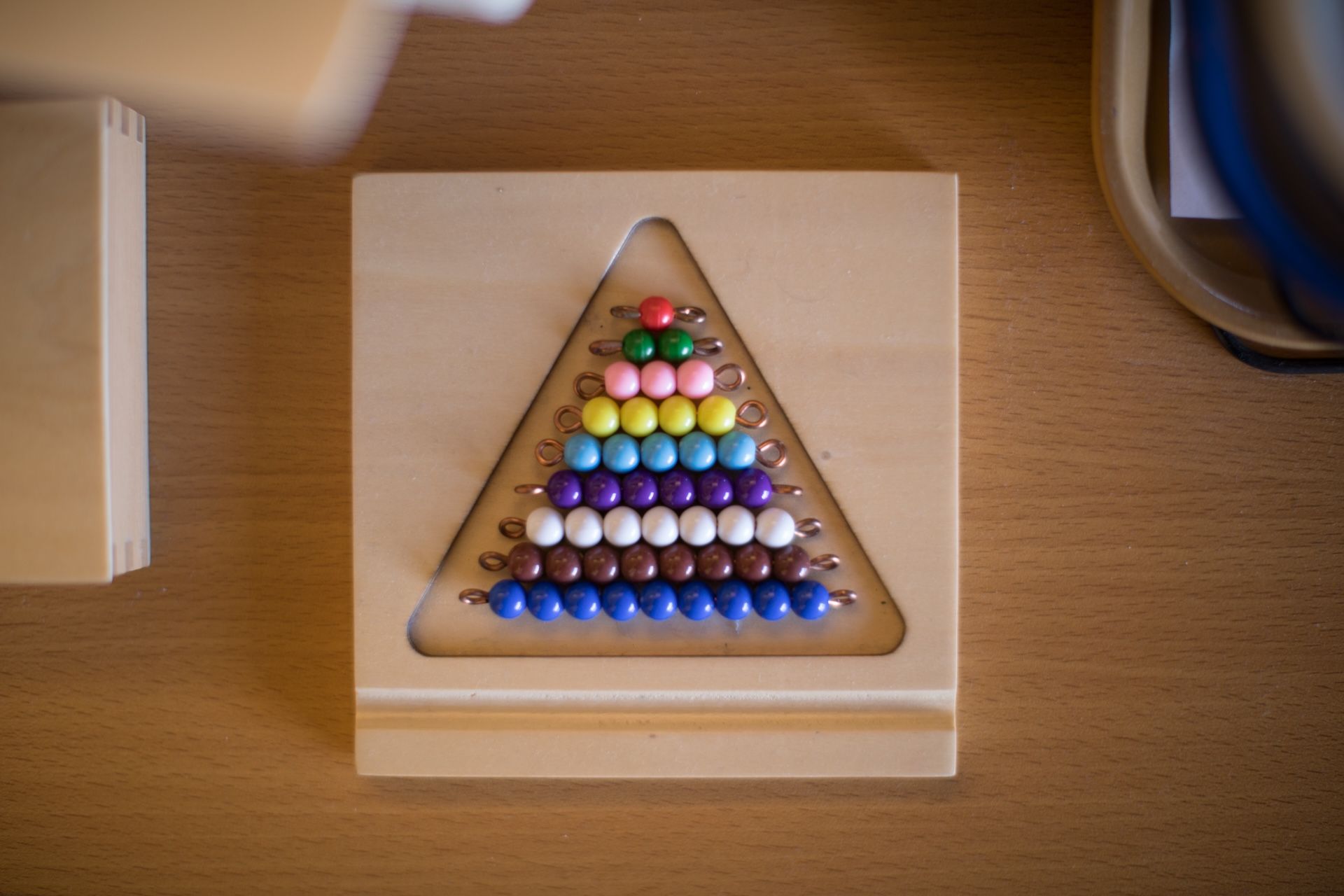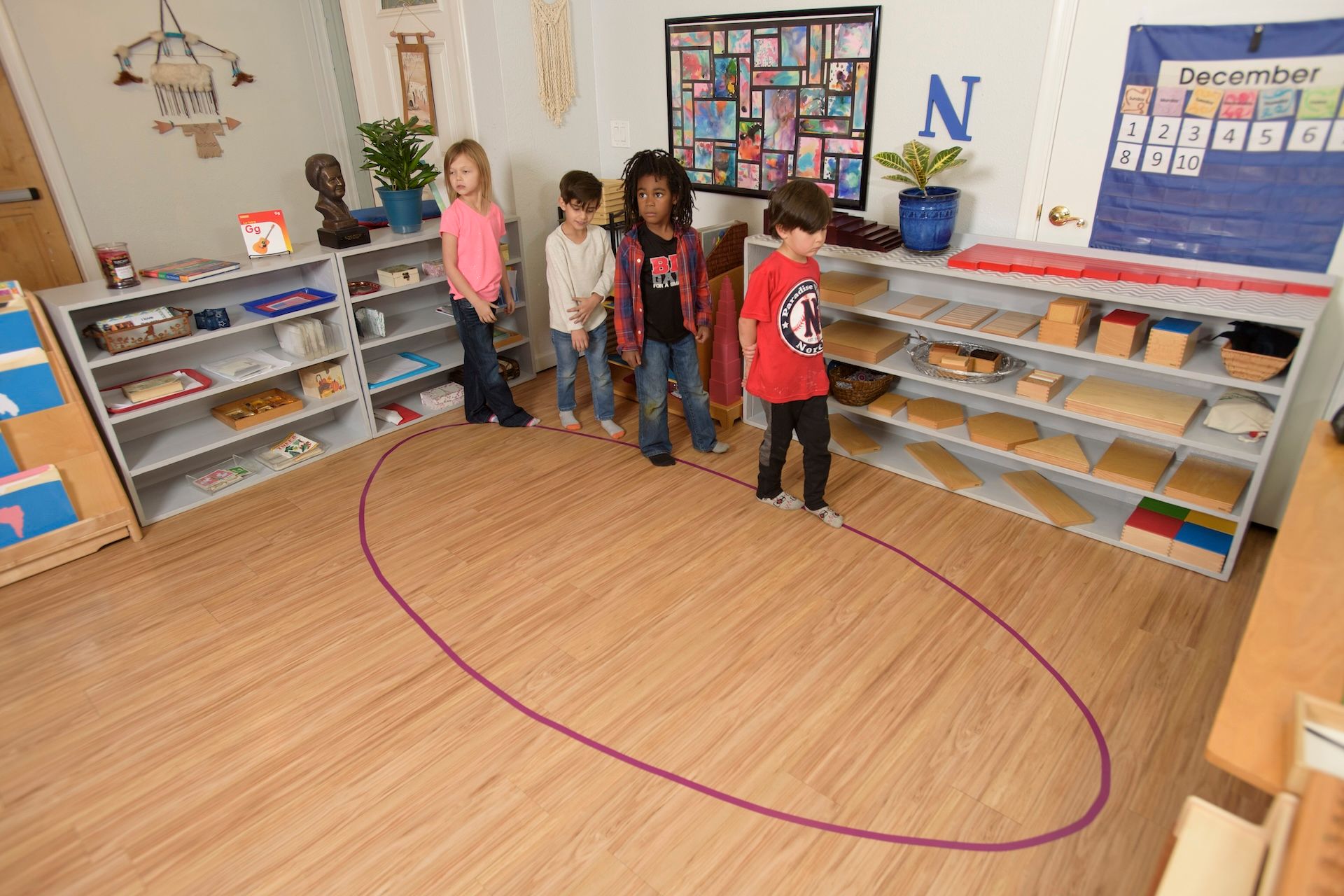At some point, most parents are caught off guard by their children’s questions about sex.
For many reasons, parents may find sexuality a difficult subject to approach. There are many misconceptions about the sexuality of children as they grow and develop. It is important to share basic information about anatomy using correct anatomical names.
From the American Academy of Pediatrics: “In early childhood, parents can teach their children the name of the genitals, just as they teach their child names of other body parts. This teaches that the genitals, while private, are not so private that you can’t talk about them.”
Psychologist Dona Matthews Ph.D. writes “Recent research shows that knowing the correct anatomical terms enhances kids’ body image , self-confidence , and openness. It also discourages their susceptibility to molesters. When children are abused, having the correct language helps both the child and adults deal with disclosure and—if necessary—the forensic interview process.”
The anatomical language learned during the early years of a child’s life is important for healthy social-sexual development. When a child begins toileting, the curiosity of body parts, their functions, and their correct names grows into healthy confidence and self-awareness.
Take advantage of teaching opportunities like bath time or getting dressed in front of a mirror to teach about body parts. Speak in simple basic terms about his or her body. Explain appropriate behavior. Answer questions calmly and truthfully. Share what should be done in public, in private, and the difference between them. Teach your child to respect the privacy of others. Discuss appropriate places to dress and undress.
In the preschool and early school years, children generally become less interested in self-exploration and naturally shift their curiosity to an awareness of others and how things happen. They begin to discover others look different from them and may investigate this fact through staring, touching, or asking questions. During this stage, curiosity about their own bodies and those of others may lead to some “show me” games. Often this can be very unsettling to adults, but this type of behavior is normal and needs to be treated as such.
Keeping in mind that curiosity prompts these behaviors will help us respond appropriately. Calm remarks such as “Please put your clothes back on and come inside” give a more positive message than “Shame on you! Come in here this minute!”.
Like other topics, providing guidance, redirection, limits and information will help your child to make appropriate choices as they age.
All children learn at a different pace. Some children will need more conversations than others.
Here are some links to help you get started.
The post Name that body part: Children, sexuality and anatomical terms appeared first on Pebblecreek Montessori.
Hours
MONDAY - FRIDAY
HALF DAY: 8:30a – 12 noon
ACADEMIC DAY: 8:30a – 3:30p
EARLY CARE: 7:00a – 8:30a
AFTER CARE: 3:30p – 6:00p
OFFICE: 8:00a - 4:00p
Programs
Connect
Pebblecreek Montessori




